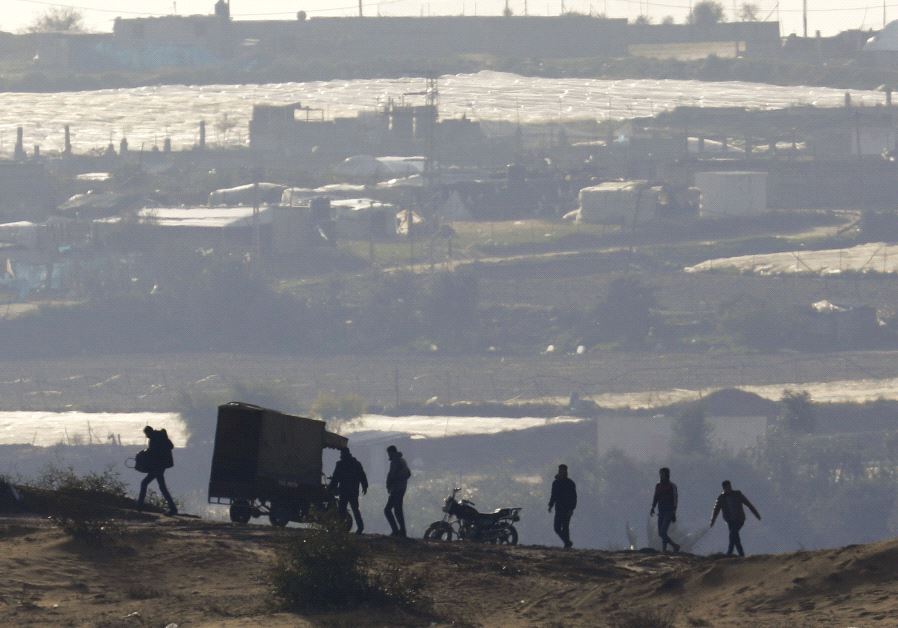Encountering Peace: Israel must bring them home
Let’s also begin talking about the freedom and liberation of those Israelis held against their will in Gaza.
 PALESTINIANS WALK near the Israel-Gaza border inside Gaza, where Hamas still holds Israeli citizens.
PALESTINIANS WALK near the Israel-Gaza border inside Gaza, where Hamas still holds Israeli citizens.